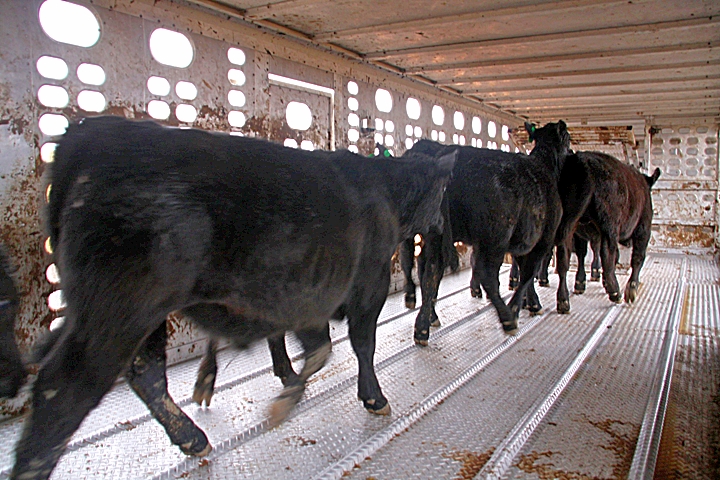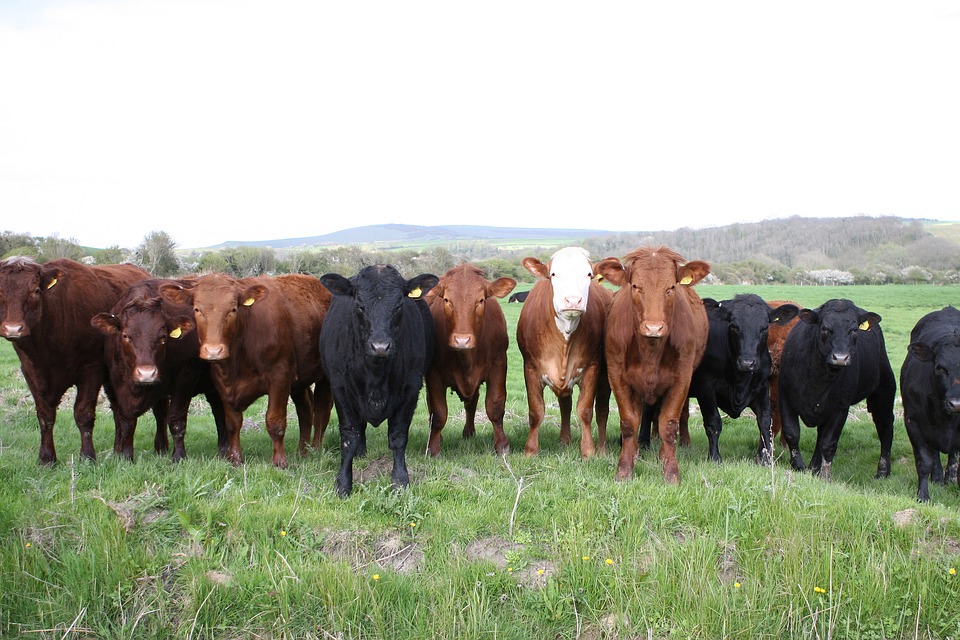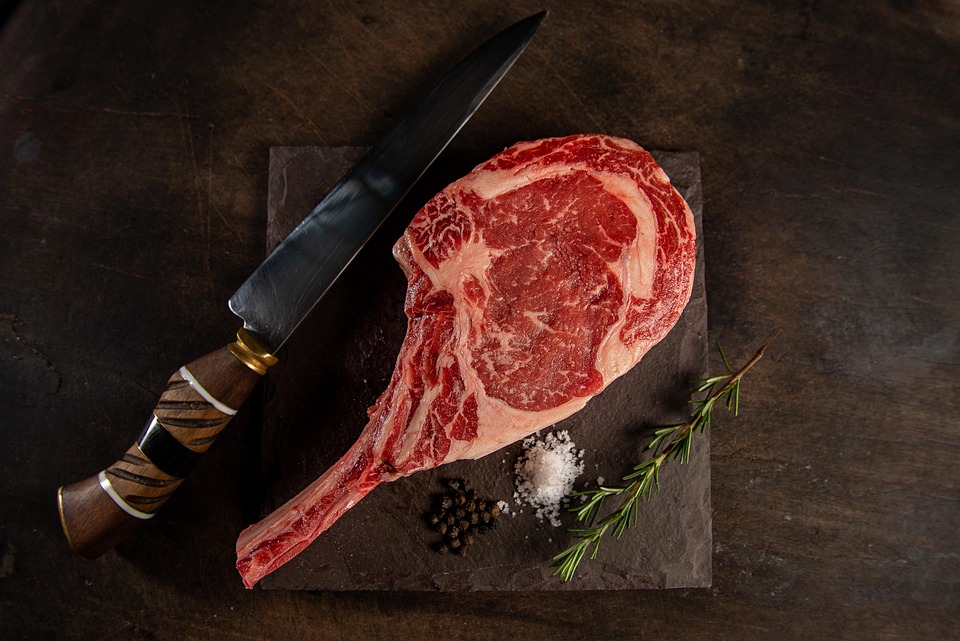“How can you expect to compete against this world supply of cheaper cattle and cheaper beef when packers and retailers who sell beef from your superior U.S. cattle are not required to distinguish it as a U.S. product with a country-of-origin label?”
Bill Bullard
Billings, Mont. – R-CALF USA spoke to hundreds of Colorado and New Mexico ranchers during meetings held in Brush and La Junta, Colo. and Las Cruces, N.M. last week and over the weekend.
The Colorado meetings were cosponsored by the Colorado Independent Cattle Growers Association and the Southern Colorado Livestock Association. The Las Cruces, N.M. meeting was sponsored by the Range Allotment Owners Association.
In opening remarks, R-CALF USA CEO Bill Bullard reported that in November 2019 while U.S. fed steer prices averaged $116 per hundredweight, steers in Argentina, Brazil and Australia averaged about $39, $70, and $88 per hundredweight, respectively.
“You operate in a global marketplace and the goal of the multinational beef complex is to normalize global cattle prices so they can seamlessly source low-cost cattle from anywhere in the world and sell the resulting beef in whichever country pays the highest prices.
“How can you expect to compete against this world supply of cheaper cattle and cheaper beef when packers and retailers who sell beef from your superior U.S. cattle are not required to distinguish it as a U.S. product with a country-of-origin label?” he rhetorically asked the audiences.
Moving on in his presentation titled “Why America is Losing Its Ranches,” Bullard explained the trajectory of the U.S. cattle industry is pointed downward as a result of historically shrinking numbers of U.S. cattle producers, U.S. cattle, U.S. feedlots, U.S. livestock auction yards, and U.S. meatpackers.
He said the promises and expectations surrounding the implementation of the North America Free Trade Agreement (NAFTA) of creating more beef demand, more market access, and more opportunities to strengthen the U.S. cattle industry never materialized.
“In fact, the exact opposite occurred. Economic returns to cow/calf producers and feeders were less during the 25 years of NAFTA than they were in the years before NAFTA.”
Bullard explained that what was most alarming was the dismantling of the industry’s competitive infrastructure during 25 years of NAFTA. He said the industry lost 20% of its cattle operations, 3 million of its mother cows, 75% of its farmer-feeders, 25% of its livestock auction yards, and about 48 meatpackers.
“To remain viable, a livestock industry must maintain a critical mass of competitive infrastructure, meaning you must maintain sufficient numbers of producers, cattle, marketing outlets and all the support businesses needed to sustain robust competition all across the nation. Once you lose those, it’s game over because you won’t bring them back.
“Just ask your friends in your sister hog, poultry and sheep industries how competitive they are now that their respective competitive infrastructures have been dismantled,” he said.
Free Range Report
Thank you for reading our latest report, but before you go…
Our loyalty is to the truth and to YOU, our readers!
We respect your reading experience, and have refrained from putting up a paywall and obnoxious advertisements, which means that we get by on small donations from people like you. We’re not asking for much, but any amount that you can give goes a long way to securing a better future for the people who make America great.
[paypal_donation_button]
For as little as $1 you can support Free Range Report, and it takes only a moment.


